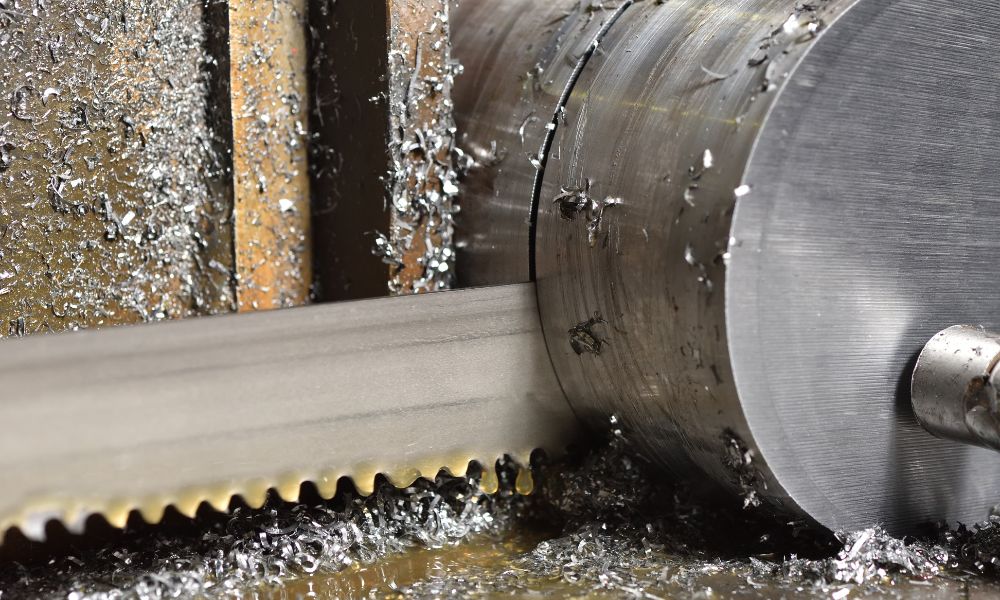People enjoy the cost-effective and sturdy factor of bi-metal blades. However, you should review the other excellent benefits of these tools. Read the five benefits of using bi-metal blades in a band saw before you select this option!
High Wear Resistance
One of the most attractive features of bi-metal blades is the high wear resistance. Metalworking requires cutting various materials. Naturally, some materials are tougher than others. When using other blades, it’s normal to encounter blade fatigue as you must increase speed and tension to cut metals. Luckily, bi-metal blades are resilient and durable. They’re the best blades for a reason, and they’re a long-lasting and resistant tool to own.
Long Service Life
Like any blade, a bi-metal blade’s lifespan depends on its usage. However, a bi-metal M42 has a longer lifespan than carbon blades. Thanks to the high wear resistance, bi-metal blades slice through various materials, including structural and stainless steel, with ease. The blades are built to last and handle many different applications. As long as you care for the blades and follow good maintenance practices, the tools should endure for a long time.
Premium Strength
Strong and sturdy are synonymous with bi-metal blades. The hardened edges and steel components give these blades a clear advantage over other tools. This strong nature adds to its high performance. Bi-metal blades don’t break easily, and they have excellent fatigue resistance.
Durable and Hardened Teeth
Bi-metal blades have hardened teeth that maintain their edge, ensuring durability and good flexibility. When you cut material, don’t worry about premature dulling or wear and tear. Manufactured with high-speed steel and spring steel, bi-metal blades handle tough materials without breaking. In addition, the blades stay sharper longer than the average band saw blade!
Operates at High Band Tension
A notable benefit of using bi-metal blades in a band saw is that it operates at high band tension. Unlike carbon steel blades, bi-metal ones withstand high band tensions to produce straight cuts. The spring steel body enables the blade to flex and move without breaking. Essentially, the blade slices material without compromising its durability.
